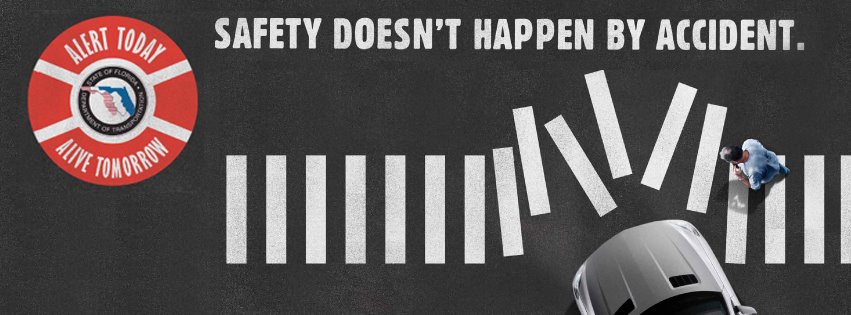Type in Safety Certification into a search engine and you’ll get a plethora of options.
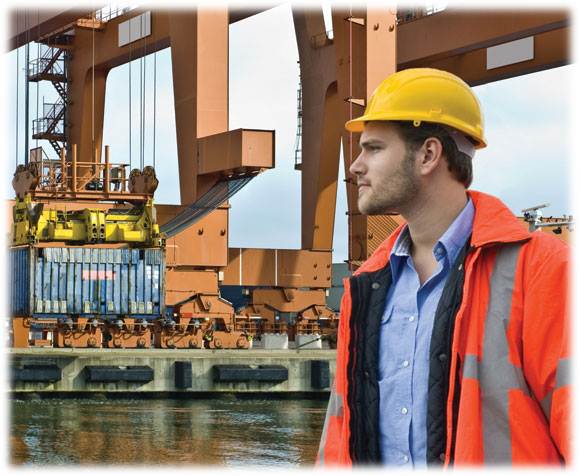
In fact there are about 300 certification programs and titles available in the United States in safety, health, environment and ergonomics fields. With so many options you have to question, which ones are better? Getting the best certification possible is especially important in today’s economy because many employers and government organizations rely on the certification process to select employees or award contracts.
Program Accreditation:
Of course many of the “not so accredited safety certifications” realize the importance of accreditation so they have aligned themselves with accreditation groups which are themselves, not accredited.The first thing you need to look at is the programs accreditation. Accredited peer certification programs set standards and evaluate people against the standards. The standards include minimum requirements for education/training and experience and demonstrated knowledge and skill through examinations.
True accreditation of peer certification programs provides an independent, third-party evaluation of many factors which contribute to ensuring candidates, certificate holders, employers, government agencies and the public that a certification program operates fairly, openly and effectively.
The two organizations most commonly awarding accreditation in the environmental, safety, and health fields are the National Commission for Certifying Agencies (NCCA) and the American National Standards Institute's (ANSI) administration of the ISO 17024 standard. Both organizations evaluate peer certification boards for compliance with national and international standards.
If the certification you are looking at is not accredited by at least one of these two entities you may want to look elsewhere!
What Safety Certifications are best?
When shopping for a safety certification, it is imperative to review the quality of the program. Holding accredited certifications and demonstrating competency through quality certification programs can open doors to employment, advancement, leadership, contracts and compensation.
There are generally speaking 6 certifications which are well respected in the safety, health, environment and ergonomics fields.
- OHST/ CLCS- The OSHT or CLCS are technologist level certifications offered by the Board Of Certified Safety Professionals (BCSP). An
 Occupational Health and Safety Technologist (OHST) or a Certified Loss Control Specialist (CLCS) is a person who performs occupational health and safety activities on a full-time or part-time basis as part of their job duties. These certificate holders do not require a college degree and the certification requirements are less stringent than some of the other certifications listed below. For more information click here. http://www.bcsp.org/ohst_clcs.
Occupational Health and Safety Technologist (OHST) or a Certified Loss Control Specialist (CLCS) is a person who performs occupational health and safety activities on a full-time or part-time basis as part of their job duties. These certificate holders do not require a college degree and the certification requirements are less stringent than some of the other certifications listed below. For more information click here. http://www.bcsp.org/ohst_clcs. - Like the OHST/ CLCS, the Construction Health and Safety Technician (CHST) certification is offered by the BCSP as a technologist level certification for individuals who demonstrate competency and work part-time or full-time in health and safety activities in the construction industry. For more information click here. http://www.bcsp.org/chst.
- CHMM- The Certified Hazardous Materials Manager (CHMM) certificate is offered by the Institute of Hazardous Materials Management (IHMM). This certificate offers the hazmat industry’s premier accredited professional credentials and required a Baccalaureate degree (or higher) from an accredited college or university in hazardous materials management, environmental science, one of the physical sciences, or a related field. For more information click here. http://www.ihmm.org/4. CIH- The Certified Industrial Hygienist (CIH) designation is provided by the American Board of Industrial Hygiene (ABIH). The CIH is the premier occupational hygiene certification in the world. CIH’s required at least a Bachelor’s degree in biology, chemistry, engineering, physics or an ABET accredited program in industrial hygiene or safety. For more information click here. http://www.abih.org/.
- CPE- The Certified Professional Ergonomist (CPE) designation is offered by the Board of Certification in Professional Ergonomics (BCPE). CPE’s required at least a master's degree and three years of practice in human factors/ergonomics. For more information click here. http://www.bcpe.org/.#mce_temp_url#
- CSP- The Certified Safety Profesional (CSP) credential is the mark of the safety professional. Like the Professional Engineer designation for engineers or the Certified Public Accountant designation for accountants, the CSP certification marks individuals who have met educational and experience standards and passed rigorous examinations validated against the practice of hundreds of safety professionals. No other safety certification holds the same level of demand by employers and government agencies. Also no other safety credential has the same impact on salary. CSP’s required at least a bachelor’s degree and 5 years of professional experience. For more information click here. http://www.bcsp.org/csp.
In summary, as the need for certified safety, health, environment and ergonomic professionals increases so does the importance of your certification. Obtaining an accredited certificate will identify you as a source of expertise, and enhance your reputation and professional credibility.
If you would like more information on obtaining the OHST/ CLCS credential visit https://safetylinks.net/index.php/training/safety-management-courses/ohst-prep-.
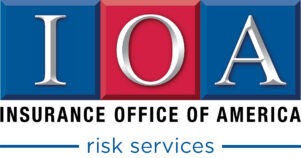

 Occupational Health and Safety Technologist (OHST) or a Certified Loss Control Specialist (CLCS) is a person who performs occupational health and safety activities on a full-time or part-time basis as part of their job duties. These certificate holders do not require a college degree and the certification requirements are less stringent than some of the other certifications listed below. For more information click here.
Occupational Health and Safety Technologist (OHST) or a Certified Loss Control Specialist (CLCS) is a person who performs occupational health and safety activities on a full-time or part-time basis as part of their job duties. These certificate holders do not require a college degree and the certification requirements are less stringent than some of the other certifications listed below. For more information click here. 
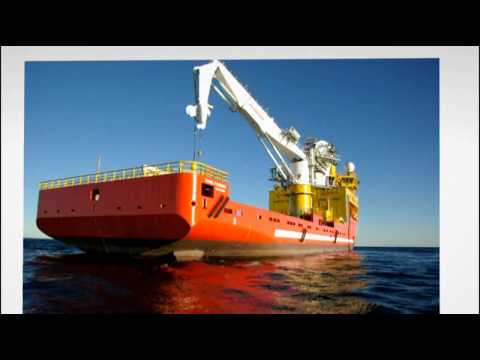

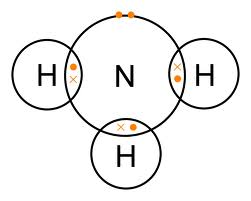
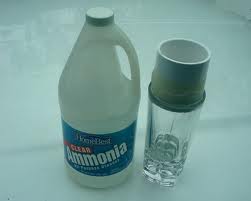

 According to a recent AOPL survey, "spills from crude oil pipelines are down 70% over the last 10 years and spill volumes are down 40%. After an industry integrity management initiative, incidents caused by corrosion are down 73%, equipment failures down 50%, operational errors are down 40% and material and weld failures are down 30%."
According to a recent AOPL survey, "spills from crude oil pipelines are down 70% over the last 10 years and spill volumes are down 40%. After an industry integrity management initiative, incidents caused by corrosion are down 73%, equipment failures down 50%, operational errors are down 40% and material and weld failures are down 30%."